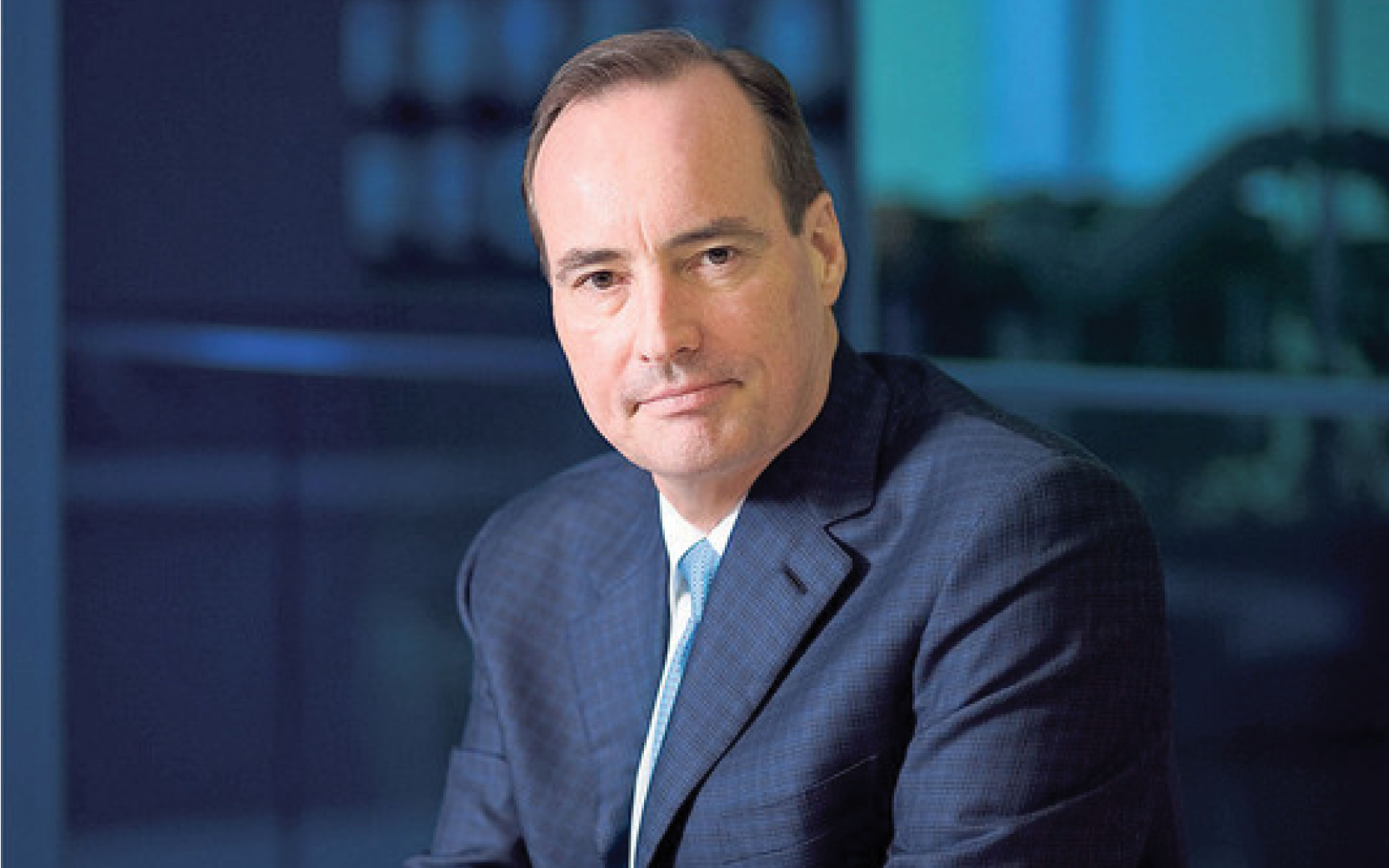It’s an old adage that financial markets climb a wall of worry, and the higher markets climb, the more worried we get about the next inevitable selloff.
Just this year, to mid-August, the ASX 200 has hit 19 new all-time highs, the US’s S&P 500 has hit 49 and even Europe’s STOXX 600 has made 31. So it shouldn’t be surprising that the worriers are sounding the alarm that the good times can’t go on forever and that a return to harsh reality is right around the proverbial corner.
As long as there have been financial markets, there has been a thriving industry of tip sheet spruikers and self-proclaimed gurus jostling for your attention with empty promises of expert insights for the low, low price of a subscription or a book.
Many of these experts make a career out of scaring the bajeezus out of people by forecasting the next imminent crash. People like Harry Dent Jr, whose books include The Great Depression Ahead (2009), The Demographic Cliff (2014) and Zero Hour (2017), and who has forecast 40-50 per cent share market corrections pretty much every year since the GFC, even offering dates for when the catastrophes will happen.
Of course, when the forecasts prove to be wrong each time he has the readymade excuse that it’s ‘because central banks are propping things up, which will only make the coming crash even worse’.
So why is it that, despite sounding ridiculous, people like Dent can always find an audience?
Nobel Laureate Daniel Kahneman, one of the godfathers of behavioural economics, made his career out of analysing why human beings have a tendency to be their own worst enemies when it comes to investing. He identified a number of biases that are ingrained into almost all of us which cause us to behave in ways that are generally predictable and usually make us follow the herd.
One of those is the negativity bias, which is the human tendency to give far more attention to negative details than positive ones. It emanates from the lizard part of our brain that is alert to existential threats, the part that presumes unfamiliar things are bad for us until proven otherwise. While it’s been critical for survival, since without it humans may never have made it past being lunch for sabre toothed tigers, it wreaks havoc with our ability to remain objective in the face of what we perceive to be a genuine threat.
It’s been proven that negative headlines on Google get more clicks, which moves the negative news items up the rankings, which makes more negative items appear in our search results and news feeds. Eventually it makes us feel like we’re surrounded by nothing but bad news. In part it’s our heightened awareness of negative news that makes us susceptible to the gloom and doom merchants who warn of coming crashes.
When markets are at all-time highs, the doom merchants have a field day cautioning that ‘things have never been so uncertain and so expensive’. However, smart investors should pause and reflect that financial markets have never, ever been, nor will they ever be, certain. If they were certain, prices would either be zero or infinitely high.
Adding to the problem is the lizard part of our brain plays tricks on us. Professor Philip Tetlock has found that we perceive bearish people as smarter, and experts who are honest enough to acknowledge the future is inherently unknowable, and instead talk in probabilities, are not only seen as dumber but also less trustworthy.
Another salutary lesson against listening to doom merchants and tipsters in general, comes from a survey undertaken by US firm CXO, in which they assessed 6,582 forecasts for the US stock market published by 68 different gurus between 2005 to 2012. The result: a success rate of 47%. You get better odds from tossing a coin.





